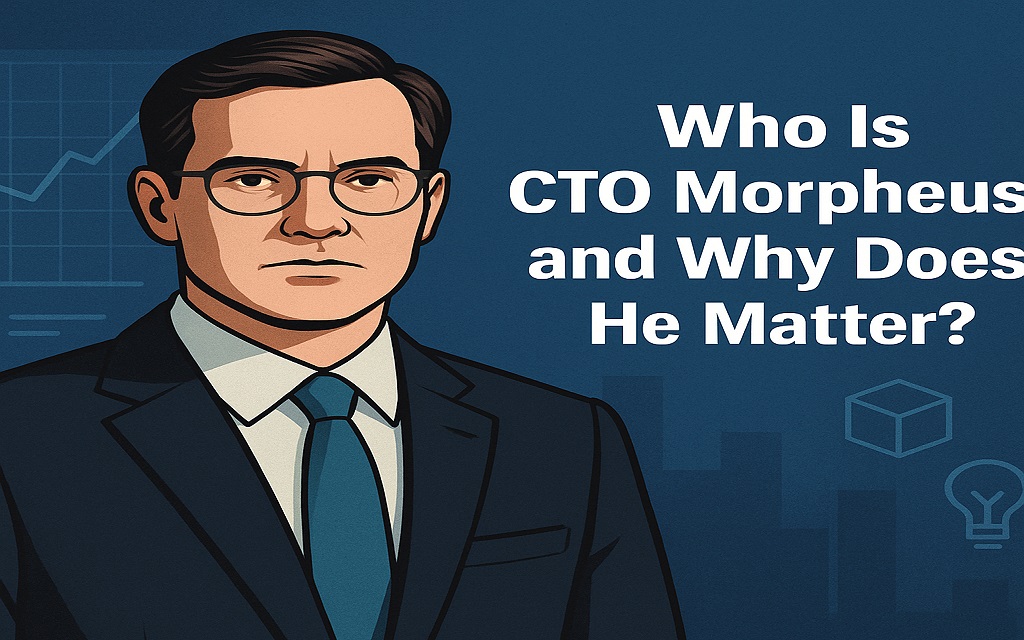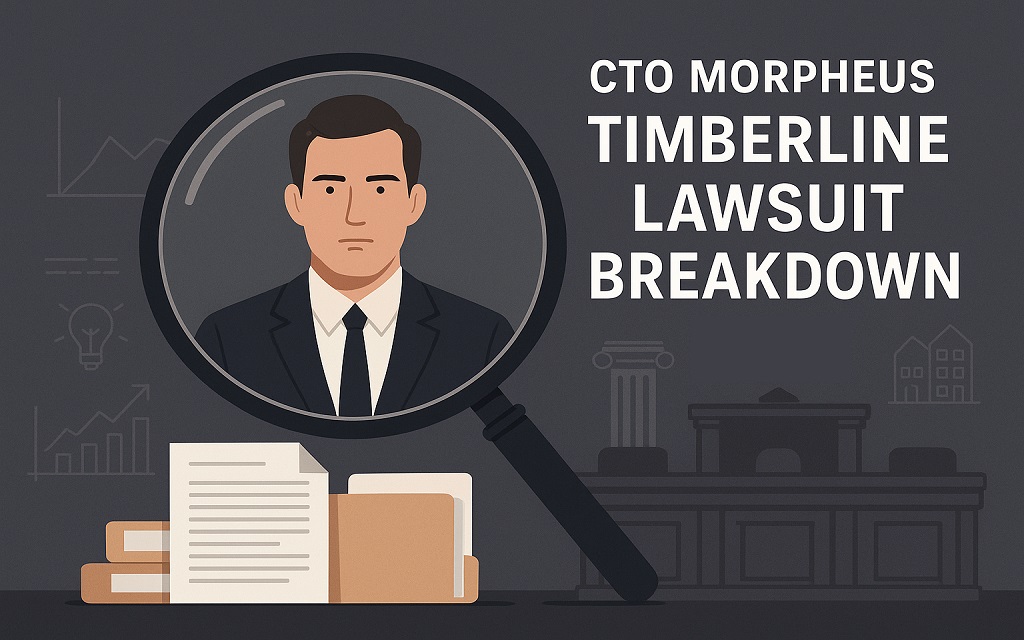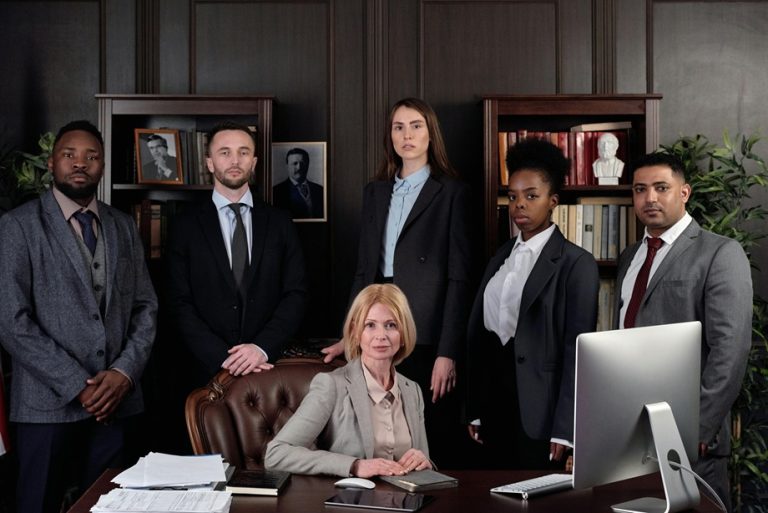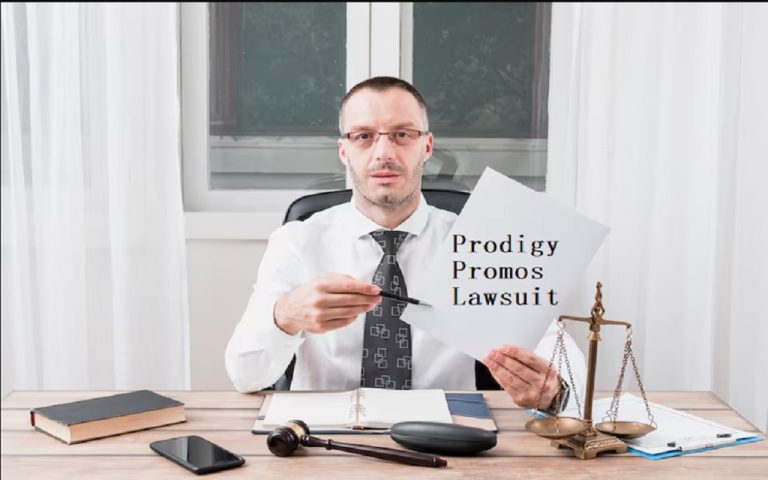A lawsuit against Timberline Venture Partners has raised serious questions about leadership, ethics, and financial transparency. You may wonder how a respected firm reached this point. The answer lies in the actions of CTO Morpheus, a key figure now under legal fire. If you invest, lead, or operate in tech-driven ventures, this Timberline Venture Partners Lawsuit CTO Morpheus matters to you. It offers insights you can’t afford to ignore.
What Sparked the Legal Battle Against Timberline Venture Partners?
You should know the lawsuit began after investors raised concerns about financial discrepancies. Allegations surfaced during an internal audit. It is important to note that this audit followed multiple warnings from lower-level executives. Concerns focused on fund mismanagement and inconsistent reporting.
According to legal documents reviewed in late 2024, Timberline Venture Partners faced multiple violations. These included improper allocation of investor funds and failures in regulatory compliance. You may ask why the CTO plays a key role here. The answer lies in the firm’s internal hierarchy and decision-making process.
CTO Morpheus approved several transactions without board clearance, a practice that broke internal protocols. Evidence pointed toward a recurring pattern rather than isolated incidents.
Who Is CTO Morpheus and Why Does He Matter?

It is essential to know that CTO Morpheus held significant authority over Timberline’s tech infrastructure. You should understand his role extended beyond engineering oversight. He influenced operations, investment pipelines, and partner decisions.
Between 2021 and 2023, Morpheus managed data strategies for more than 30 portfolio companies, a number that reflects his vast influence. According to an internal review by Whitley Forensics in October 2024, he also had access to private capital channels.
You should ask what the problem is if the CTO delivered results. The answer lies in accountability. Legal experts suggest unchecked autonomy enabled internal failures.
What Are the Core Allegations in the Lawsuit?
It is vital to break down the lawsuit claims. You should note the following key allegations filed in Oregon State Court in September 2024:
- Misappropriation of investor capital
- Breach of fiduciary duty
- Lack of transparent financial audits
- Bypassing standard compliance protocols
- Misleading quarterly reports submitted to the SEC
Each point came with its own set of documentation. KPF Law Group cited 15 violations across six investment deals. You may wonder how this went unnoticed. The firm operated on decentralized reporting, which delayed external detection.
How Did Stakeholders React to the Allegations?
Investors responded quickly after the case went public. Three venture partners froze funding as a precaution, and two limited partners withdrew their capital commitments.
One of Timberline’s top investors, SparkHill Equity, issued a public statement in November 2024. The firm expressed concern over “governance failures and systemic risk exposure.” This triggered further scrutiny from the Oregon Department of Financial Regulation.
You may wonder how this affects startups funded by Timberline. More than 12 portfolio companies have paused technical collaborations and are now seeking independent audits to protect their brand equity.
What Evidence Exists Against CTO Morpheus?
You should know the case includes several layers of digital forensics. Experts found private communication threads and transaction metadata. The forensic report published by Kelton CyberDefense confirms that over $12 million in assets lacked complete documentation.
Internal Slack exports and G-Suite logs from 2022 highlighted backdoor approvals, which allowed high-value transactions to proceed without oversight.
It is essential to mention that whistleblowers also contributed. Two former employees submitted statements to the court anonymously in early 2025. Their claims confirmed existing financial discrepancies and leadership misconduct.
How Are Legal Analysts Interpreting the Case?
Legal experts remain divided. You may wonder why. The answer lies in the complex structure of venture capital firms. CTOs often have hybrid responsibilities.
Professor Daniel Yates of Stanford Law School stated in a December 2024 panel: “You must separate innovation leadership from financial oversight. That line appears blurred here.”
Other analysts predict a mixed outcome. Some expect civil penalties, while others anticipate criminal referrals. The legal community is now using this case to debate startup governance protocols.
What Could Happen Next in Court?
You should look ahead to three possible outcomes:
- Dismissal due to lack of direct criminal evidence
- Civil settlement and reorganization of the executive board
- Formal charges under federal securities law
The next court hearing is scheduled for August 2025. Attorneys from both sides will present technical exhibits and digital audit trails.
You should expect more testimonies from financial analysts and regulatory experts. A Timberline legal adviser hinted at a possible mediation before Q4 2025.
How Does This Affect the Venture Capital Sector?
It is essential to step back and review the broader impact. The case now influences policies across similar firms. VentureWatch reports that 18 VC firms revised their CTO responsibilities since January 2025.
You may ask why this single case has such weight. The reason is apparent. It highlights the dangers of opaque leadership models. When decision-making lacks checks, investor trust collapses.
Startups also shift behavior. Many now require dual executive signatures on funding transactions. This protects early-stage companies from internal risks.
What Are the Governance Lessons for Founders and Investors?
You should treat this case as a real-time governance study. Consider these lessons for your startup or fund:
- Require third-party audits every quarter
- Assign clear financial sign-off limits
- Separate technical roles from financial authority
- Track every capital movement through immutable logs
- Avoid verbal approvals for fund allocation
Each of these steps enhances transparency. Your investors will value clarity, and your legal team will find it easier to defend operations under scrutiny.
Are There Historical Parallels to the Timberline Venture Partners Lawsuit CTO Morpheus?
Yes. You should know about two similar cases. In 2019, BlueNova Ventures suffered a $28 million loss due to unauthorized CTO transfers. In 2022, Revosight Partners experienced a $16 million asset freeze due to a breach of trust.
Each case ended in partial restructuring. Timberline now follows a similar path. It is essential to learn from those precedents.
How Should You Evaluate a Venture Firm’s Integrity?
You should use a checklist approach. Ask the firm about:
- Internal auditing frequency
- Capital control structure
- Conflict of interest declarations
- Digital logs for transaction oversight
- Whistleblower protection policies
Answers to those questions reveal much more than a pitch deck. They reveal a firm’s operational DNA.
Why Should Policy Makers Care About the Timberline Case?
Lawmakers and regulators monitor high-profile financial misconduct. This case has already sparked policy talks in Oregon. A new bill may require enhanced audit disclosures for firms with over $100 million in AUM.
Senator Kelsey Hardwick proposed a draft in February 2025. The bill would enforce internal segregation of duties for executive teams. Industry leaders now participate in a feedback panel.
What Role Does Technology Play in VC Fraud Detection?
You should look at how tech tools prevent similar issues. AI-based financial monitoring systems now flag irregularities in real time. LedgerOne and TraceBot, two compliance platforms, gained popularity after Q3 2024.
If Timberline had deployed innovative audit systems earlier, detection may have happened sooner. Technology should support—not replace—manual oversight. A hybrid approach works best.
Why Should You Stay Updated on This Case?
You should stay alert because the outcome could affect your investment strategies. Trends shift fast in venture capital, and one legal battle could trigger new regulations.
Reputational risks matter. An association with a tainted firm could harm your startup. Staying informed helps you make better partner choices.
Conclusion: What Should You Learn From This?
You should take away three key points:
- Autonomy without checks breeds risk
- Technology leaders need limits on capital authority
- Proactive governance builds trust
Tracking the Timberline Venture Partners Lawsuit, CTO Morpheus, until resolution is essential. You should expect ripple effects across venture capital, law, and tech.
More updates will follow after the next court session in August 2025. Until then, use the Timberline case to refine your policies. Protecting your capital starts with asking the right questions.
Must Read: What Is the Background of the Matthew Eisert Physician Assistant Lawsuit?




